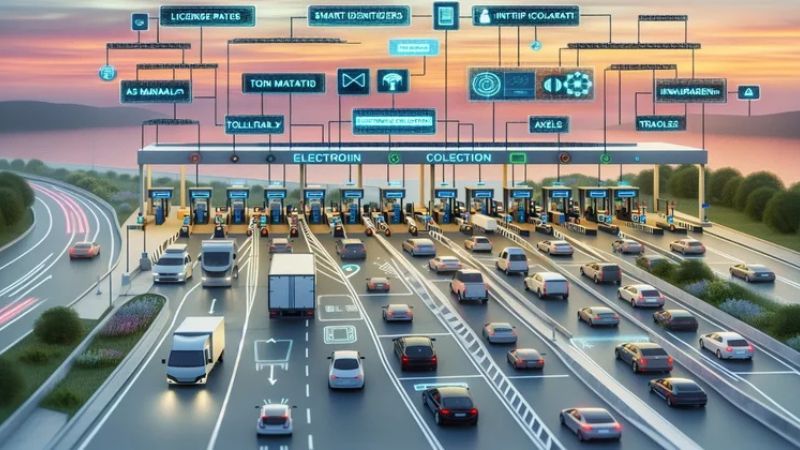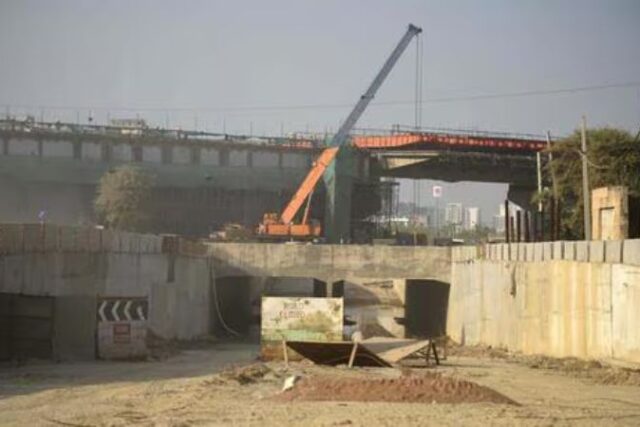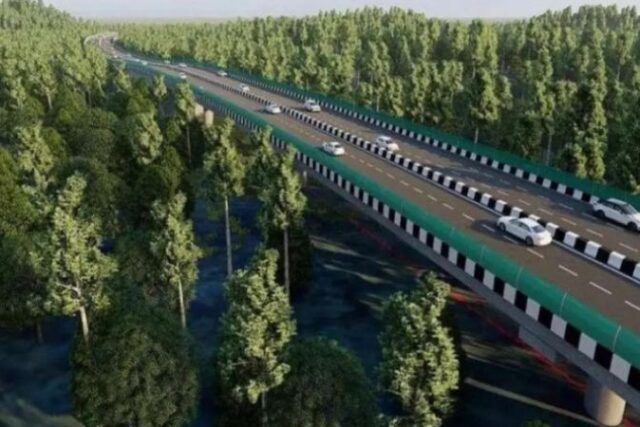
Nitin Gadkari, who is the Union Minister for Road Transport and Highways has recently announced a plan to improve logistics on national highways. The plan includes building expressways and high-speed highways under the PM Gatishakti scheme. It is a strategy that was developed after studying e-way bills (GST), toll data, and traffic surveys with the help of a transportation model. The main objective of this proposal is to upgrade and standardize logistics across India.

Introduction of GNSS-Based Toll System
A new Global Navigation Satellite System GNSS based toll collection system will be implemented on certain national highways, as stated by Gadkari. This will replace conventional toll booths with a more efficient technology-driven approach. Satellite technology such as GPS along with GPS-Aided GEO Augmented Navigation (GAGAN) in GNSS monitors vehicles\’ positions and calculates tolls depending upon the distance traveled by them. Such developments indicate a paradigm shift in Indian transportation infrastructure.
According to Gadkari’s report to the Rajya Sabha, a pilot test for GNSS tolling was conducted on the Bengaluru-Mysore section of NH-275 in Karnataka and the Panipat-Hisar section of NH-709 in Haryana.
NH 60 km Rule
In 2008, the NH 60 km rule directed that no two toll plazas shall be within sixty kilometers on any National Highway; but lately it came into light when Gadkari offered discounted passes for nearby residents if they agreed not to have another plaza within sixty kilometers [Video]. However, there are reports that contradict these statements as it’s been found that fees are still being collected at two plazas less than sixty kilometers apart on the Pathankot-Srinagar highway against what was told by the minister himself.
#WATCH | Nagpur: On Toll tax, Union Minister Nitin Gadkari says, \”Now we are ending toll and there will be a satellite base toll collection system. Money will be deducted from your bank account and the amount of road you cover will be charged accordingly. Through this time and… pic.twitter.com/IHWJNwM0QF
— ANI (@ANI) March 27, 2024
Also as reported by Tribune India, a lawsuit has been filed against the Ministry Of Roads And Transportations (MoRTH) along with the Haryana Public Works Department (HPWD) for setting up toll plazas inside the range of sixty kilometers.
According to the Ministry Of Road Transport And Highways (MoRTH) website, in India tolling is generally an open system where the user fee is fixed based on a stretch of road usually 60 kilometers, and for shorter stretches, it may correspond to the actual length of road.
GNSS User Fee Explained
User fees at toll plazas are determined by the Ministry of Road Transport and Highways (MoRTH) according to factors such as road length, presence of structures like bridges or tunnels, highway width, applicable fee regulations, and terms of the concession agreement. Vehicle classification based on size, load carried capacity, road impact, etc ensures safety and convenience for all road users.
GNSS Key Regulations
10-Second Waiting Time: As per NHAI guidelines no vehicle should wait for more than ten seconds at any given Toll Plaza. In case this time limit gets exceeded the driver is not liable to pay the toll tax. The objective behind this rule is to reduce unnecessary delays and keep traffic moving smoothly.
Mandatory FASTag Use: Since February 2021 every vehicle whether commercial or private has to use FASTags for payment of Tolls on Indian roads. This regulation was implemented to promote cashless transactions through Electronic Toll Collection (ETC) thus improving efficiency on national highways.
One Vehicle One FASTag: Each vehicle must have a single valid Functional Automatic Secure Transit Application Gateway linked with its unique registration number issued by an authorized agency. Using one FASTag for multiple vehicles is strictly prohibited under law which attracts penalties therefore separate FASTags are required for each owned vehicle.
Vehicle Line Control: One hundred meters is the maximum vehicle queue allowed by the NHAI for efficient traffic management at toll plazas. This distance will be marked with a yellow line, beyond which vehicles can move on without paying toll until they reach the prescribed limit of queuing up.
These norms embody attempts made by NHAI to make people’s trips along national highways more pleasant; essentially it means less waiting and better collection system effectiveness as said before so many times over again!




No Comments